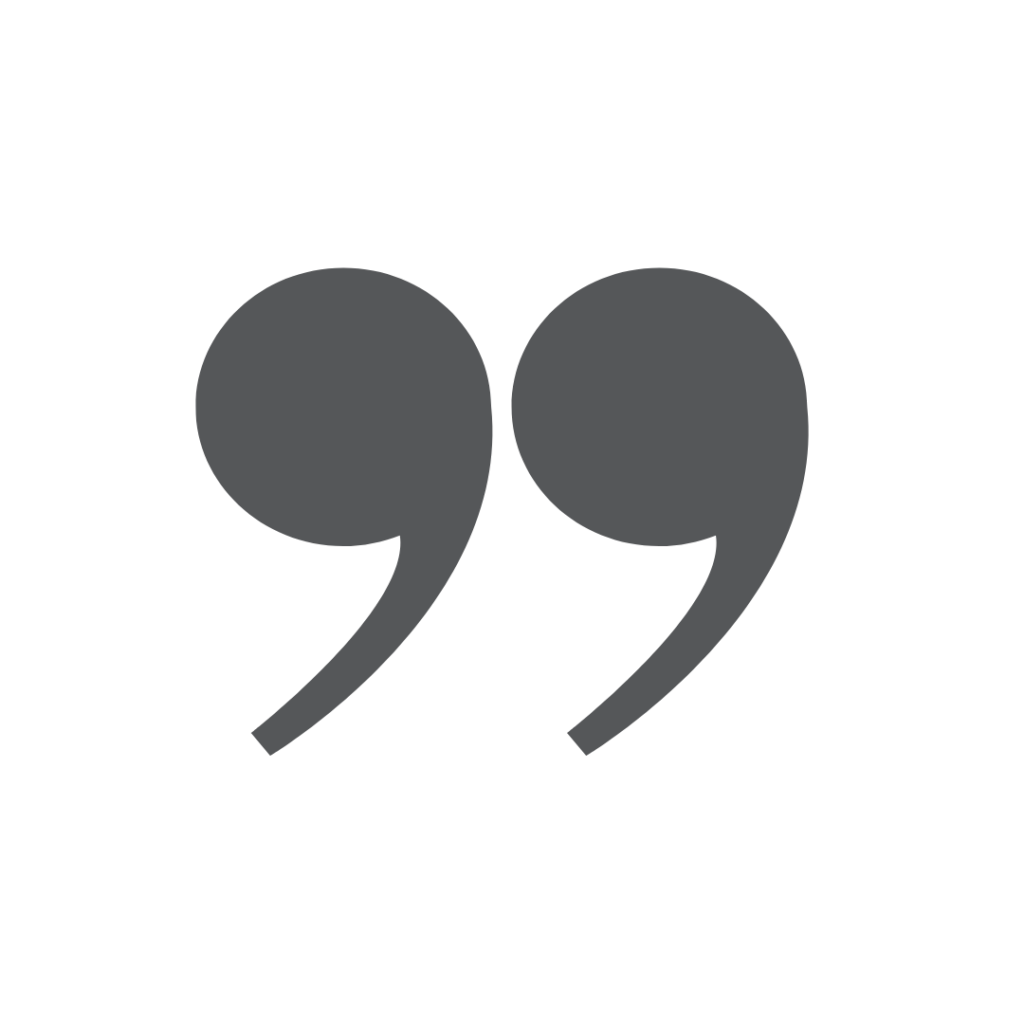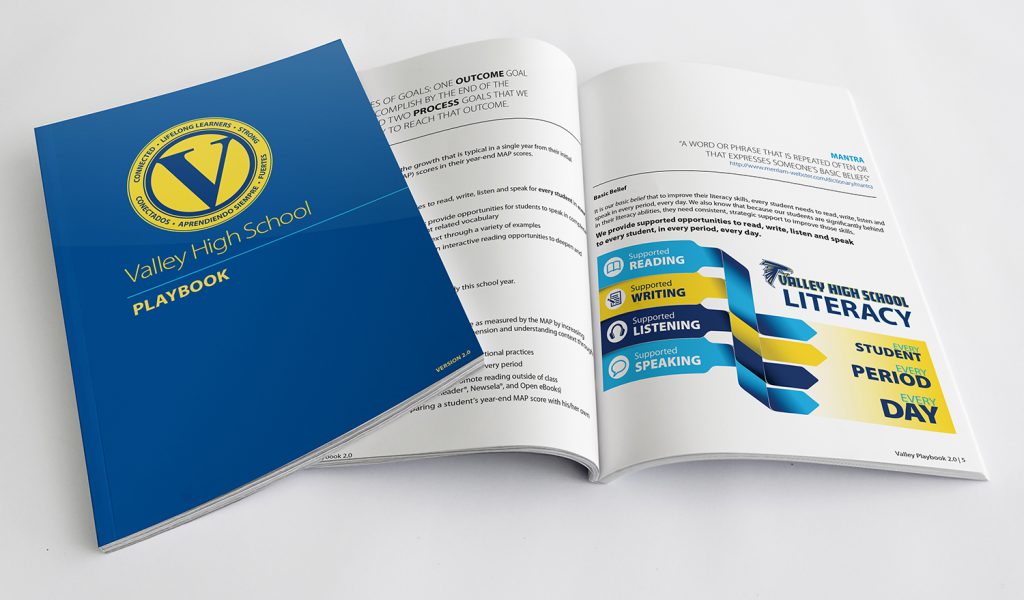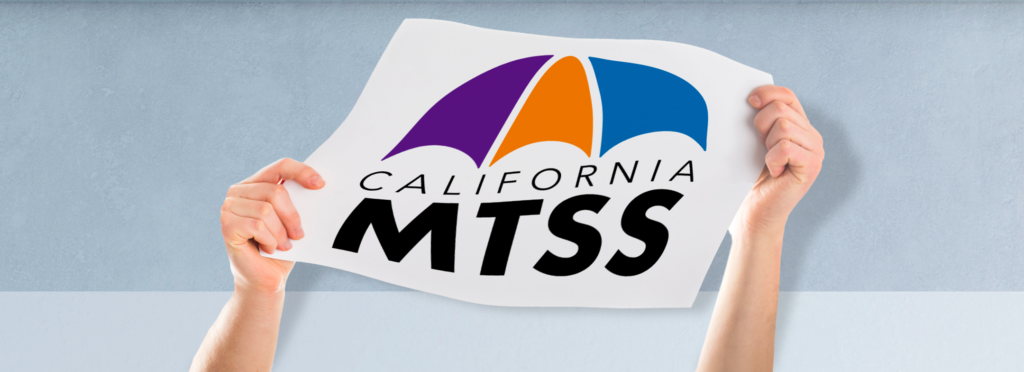The Literacy Playbook: Integrate Literacy Into Every Period, Every Day

It is our basic belief that to improve their literacy skills, every student needs to read, write, listen and speak in every period, every day.
– Valley High School

INTRO
When students are struggling with literacy, consider teaching it schoolwide during every period of every day. This is what Valley High School implemented with outstanding results. This resource goes over the literacy playbook.
OBJECTIVES
- Support students literacy skills necessary to be successful in postsecondary education
- Provide staff with the training and support necessary to implement a language and literacy program schoolwide
- Honor staff members as professionals, while meeting their individual learning needs and styles
- Identify a set of shared strategies focused on academic vocabulary, comprehension strategies, and student engagement.
The number of students whose primary language is not English continues to rise every year. These second language learners bring with them a set of special needs for teaching and learning, especially for mainstream content area teachers.
One approach to ensure students have the literacy and language skills necessary to be successful after graduating, is to implement a literacy program schoolwide across all subjects, and practiced every period of every day.
The below playbook is a quick outline of what Valley High School in Santa Ana, California developed to address the growing concern for literacy and language proficiency in their school.
The below steps are meant to unfold over the course of 2-3 years as a Big Play for your school.
Establish a Leadership Literacy Team
This team will meet regularly throughout the year, and is responsible for implementing the below process. The team should have representatives from every facet of the school. The team must ensure literacy remains a school priority.
Develop Goals
The team will develop goals including:
Outcomes (MAP growth and Statewide Assessment)
Process (Instructional strategies across classrooms, regular team meetings etc.)
Inputs (Goals articulated, game plan developed, clear school commitment)
Goals will include affective measurements for student growth.
Instructional Routines
Identify a set of shared strategies. This will include a universal design approach to lesson design that incorporates explicit support for all students.
1. Collect and review a set of instructional routines focused on vocabulary, comprehension, engagement, motivation, and collaborative learning.
2. Establish a baseline specific to self-efficacy at the student and staff level.
Choose a Professional Development Model
The model needs to include how to engage teams of teachers, how to create the space for professional development, and what coaching resources are needed for instructional coaches.
Identify Structures and Strategies
These need to support student motivation to include choice, relevance, family and community connections etc. Begin to build a bank of resources for teachers, students and families.
Daily Instructional Snapshot
Each team leader will follow a student through their entire day for three days with the intent to:
A. Capture the average number of minutes spent on literacy instruction.
B. Look for instructional routines.
C. Look for missed curricular opportunities.
Academic English in Every Classroom
Identify how to enhance the inclusion of academic vocabulary within the curriculum and instructional practices in every classroom. Professional development should be specific to content areas.
Baseline Data
Develop a baseline for your students using data already available to your school. Your team will need to identify and commit to a measurement and scorecard moving foreword.
Present Your Plan
Your initial plan will need to be presented to the entire staff.
Develop a Toolkit
Develop a supported literacy toolkit for teachers and content areas.
1. Build key academic language strategies into the toolkit.
2. Build a process for articulating the program and identifying possible “bridges.”
3. Provide summer training to support teachers.
Process Data
Gather data as the plan rolls out and is implemented through the year(s).
Engage in formal mid-year and year-end reviews.
Determine how you are measuring success.
Identify Needed Changes
As you debrief with teachers and staff, identify what needs to be changed, altered, removed, or added to the program and implement moving forward.






Responses